Question
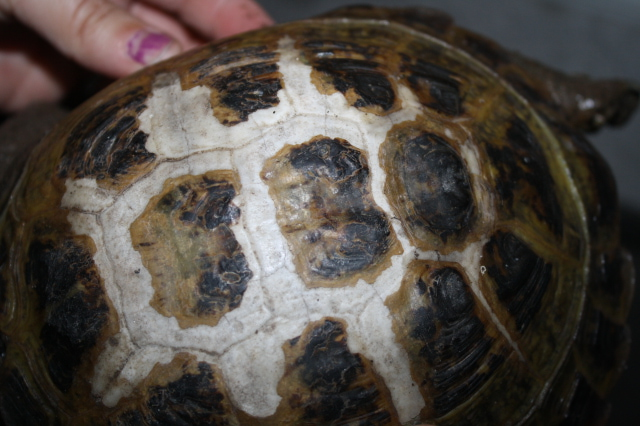 russian with shell pro
russian with shell pro
I have a Russian Tortoise that I have had for a couple of years. I got it from my daughter's class after she grew too big. We live in Southern California. She lives in an outdoor cinder block enclosure, with a few rocks and a small shallow reptile rock-like water bowl that is sloped like a beach for her to get into.The larger part of her enclosure is shady We typically feed her romaine (her favorite) with carrots. She gets other veggies occasionally when I get them. She like rose petals and sometimes (once a month at the most) we feed her strawberries and watermelon. She is fed every other day or so. About a year and half ago, she was free ranging in our yard but she escaped 3 times so we built an enclosure for her. After we retrieved her from the neighbors that last time I noticed a little pale scuff -like mark in between the patches (scutes??) on her shell. It has become increasingly larger and larger on her shell and now I am concerned It looks peeled away and unhealthy. She hibernates regularly and she went to bed early this year, maybe because it was cooler? What do you think the markings are and how is it treated? Could it be shell rot? Attached is a photo
AnswerHi Shelmarie,
The areas look like healed shell rot, but because it's so extensive, I think you should take the tortoise to a good herp vet for examination and further treatment if needed. In addition, since you don't know if there are any active areas of infection, you should get her up and overwinter her indoors this year (with appropriate substrate, heat, and UVB), because a tortoise with health issues shouldn't be allowed to hibernate.
Keeping her outside is very good for her, but you do need to improve her diet. Romaine is her favorite because it's a food that tortoises tend to get fixated on, but it's not very nutritious and makes a poor staple diet. Turnip and mustard greens, collards, and kale, along with weeds such as dandelion, chicory, sow thistle, mallow, plantain, etc. are much better, and a good variety is important. Don't feed any vegetables or fruit at all--the only exception is cactus fruit in season, but even that rarely. Their digestive tract doesn't handle the excess sugar from fruits and vegetables well, so a leafy greens and weeds diet is best for them.
I'd be interested to hear what the vet has to say, especially if it turns out to be something other than areas of healed shell rot.


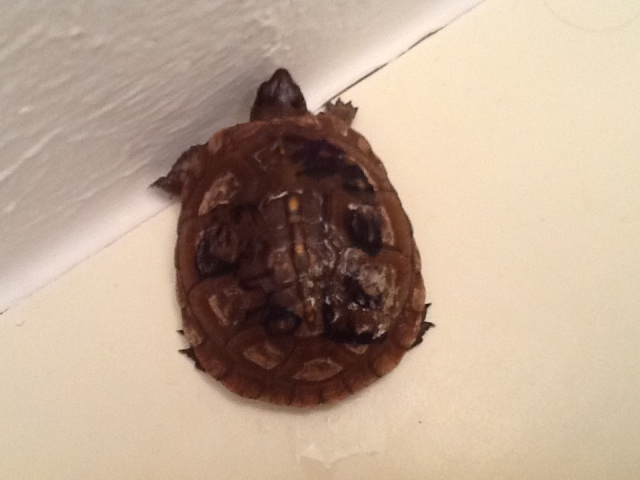 What type of turtle?
QuestionShell
Face
QUESTION: Someone gave
What type of turtle?
QuestionShell
Face
QUESTION: Someone gave
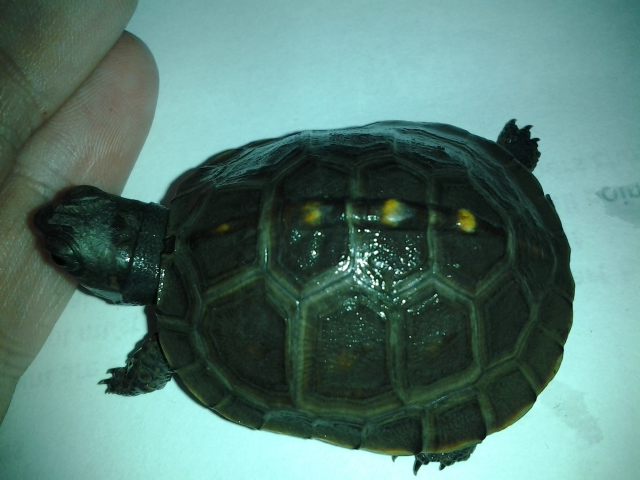 What type of turtle is this
Question
What kind of turtle is
My daughter foun
What type of turtle is this
Question
What kind of turtle is
My daughter foun
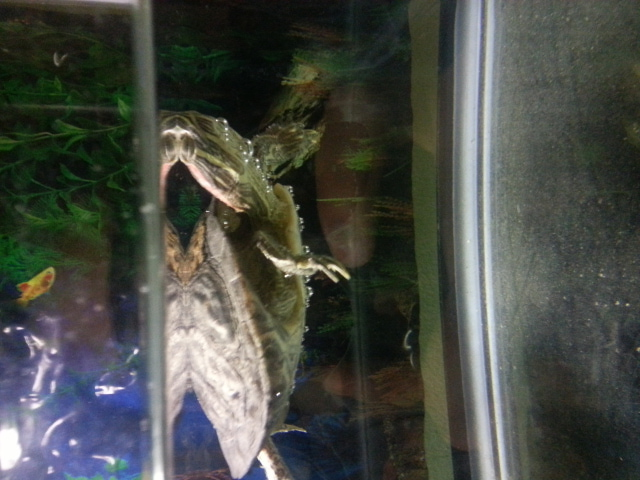 turtle sleeping
Question
turtle in water turtle in water
N
turtle sleeping
Question
turtle in water turtle in water
N
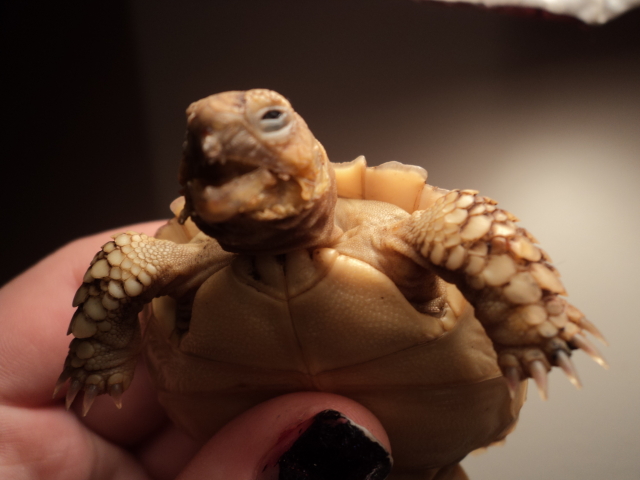 My baby Sulcata :( !!
QuestionPicture of my Sulcata
QUESTION: Okay, so
My baby Sulcata :( !!
QuestionPicture of my Sulcata
QUESTION: Okay, so
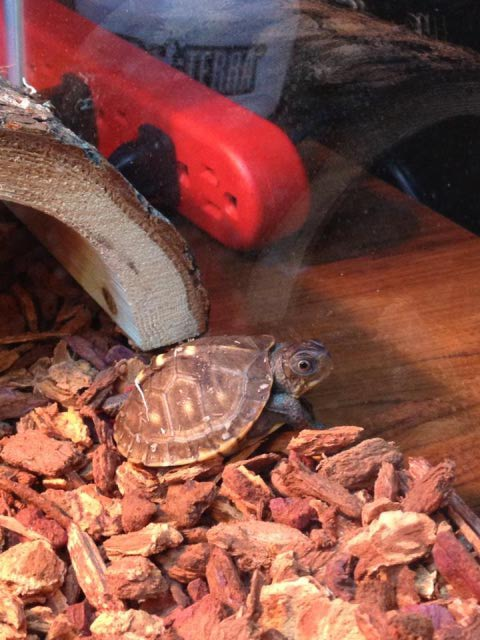 Baby Eastern Box Turtle
QuestionQUESTION: I just acquired a baby eastern box tu
Baby Eastern Box Turtle
QuestionQUESTION: I just acquired a baby eastern box tu